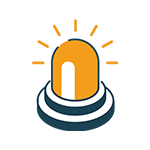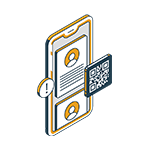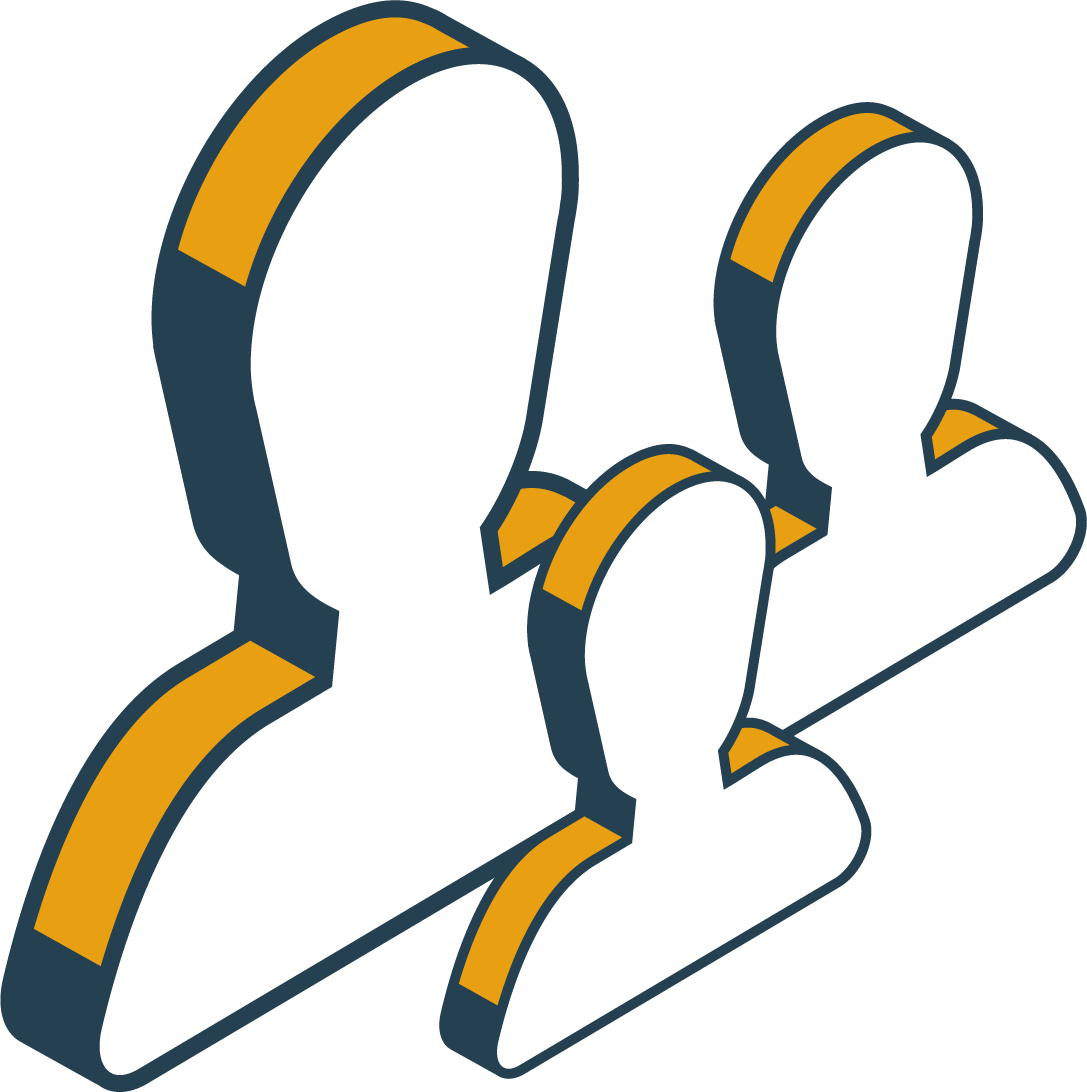With the 2022-2023 school year officially coming to a close, students everywhere are ready to kick back, relax, and enjoy summer vacation. In the meantime, education leaders are taking the time to reflect on the last nine months, what they’ve learned, and what they can improve on.
The world changed drastically over the last year, and outside forces such as the pandemic, AI, and a renewed focus on mental health have caused unforeseen changes in schools to happen at lightning speeds. At Kokomo24/7®, we understand that every school changed in different ways to adapt to today’s complex trends and can help implement both the tools and the workflow processes schools require to better manage the health, safety, and well-being of their community in the face of today’s ever-changing society.
Here is what we learned from the 2022-2023 school year, and how it’s affected student and teacher health, safety, and wellness.
1. Technology Takeover
Technology has been slowly integrated into schools around the country over the course of the last 20 years, allowing both teachers and students to learn how to best use the tools to leverage their learning. Since 2020, however, we've seen unprecedented advancements in technology happen extremely quickly. For example, the pandemic forced all schools online, sparking the trend of “Zoom” learning. Now, virtual learning remains a common practice long after COVID-19 restrictions have been lifted in schools.
In addition, the stunning capabilities of AI and the sheer speed at which it has developed have affected the way students learn and even complete their assignments. From being a virtual tutor or writing assistant to being able to use facial recognition to tell if students are paying attention, AI will demand that every school transform to accommodate its widespread usage- or get left behind.
Another trend we’re seeing is schools adopting Anonymous Reporting systems with 66 percent of all schools having one in place according to data from Pew Research Center. In 2008, that number was just 31 percent.
Technology will only continue to further integrate into classrooms around the country, and the 2022-2023 school year illustrated this trend through the emergence and continuation of new and old technology such as AI, Zoom, learning apps, and more.
2. Learning Loss
There is no debate that the pandemic hurt the education of school-aged children. Virtual learning and isolation made it harder to learn, not to mention the uncertainty of today’s society adding to that pressure. The 2022-2023 school year, however, revealed the true extent that the pandemic hurt student learning.
According to a new paper published in the Journal of Natural Human Behavior, students “lost out on 35 percent of a normal school year’s worth of learning” when virtual learning started during the pandemic. The report includes data from 15 different countries and concluded that although school closures were meant to slow the spread of COVID-19, they caused “learning deficits that persisted over time.”
The report revealed that children still haven’t recovered from the learning they lost out on at the start of the pandemic and that students “on average, are far behind where they would have been without the pandemic and this reduced learning is much greater for groups of students who were already more likely to be struggling in school.”
With most schools back full-time in-person, the 2022-2023 school year revealed just how far behind students truly fell, leaving a need for millions of students to be caught up and for curriculums to be changed.
3. Student And Teacher Mental Health Crisis
The 2022-2023 school year brought out a renewed interest in mental health as cases of depression, anxiety, and burnout among both students and teachers skyrocketed. The U.S. Department of Education announced that 35 states will receive an estimated $95 million in funding from the Bipartisan Safer Communities Act to hire 14,000 more mental health professionals in schools such as licensed counselors and psychologists.
Whether it’s the pandemic, financial hardship, or the increase in violence in schools, students are facing more uncertainty in their futures than ever before. According to a report from the CDC, 60 percent of teens identified as depressed in 2021. The same report found that the number of high school females who experienced depression also jumped close to 20 percent over the course of last year alone.
If that wasn’t enough, a Gallup poll released in 2022 found that educators reported the highest level of burnout of any industry, and 35% of college professors reported feeling burned out at work.
4. College Isn't The Only Path
Over the course of the 2022-2023 school year, high schools around the world saw an increase in resources dedicated to helping students prepare for technical courses, vocational schools and trade schools rather than just college. According to the Bureau of Labor Statistics, 43 percent of U.S. high school graduates go on to continue their education at a college or a university, but schools devote far more resources and focus on this minority group.
College simply is not for everyone, and the 2022-2023 school year saw the continuation of this trend as more students elected to attend trade schools or take gap years than head to college. According to a report from PBS, college enrollment has dropped 8 percent since 2019, while trade schools saw an 11.5 percent increase in enrollment.
Where Kokomo24/7® Comes In
The 2022-2023 school year taught us a lot, and there’s no doubt that the 2023-2024 school year will teach us even more. From the continuation of virtual learning and the meteoric rise of artificial intelligence in the classroom, to fewer students electing college as their next destination after high school, the education landscape is changing quickly and will never be the same again.
At Kokomo24/7®, we recognize that schools are facing a wide range of unique challenges in the wake of these major changes. We can provide your school with robust, yet easy-to-use software platform that can help better manage the health, safety, and wellness initiatives of your school in the face of today’s ever-shifting society.
Ever since Kokomo24/7® was founded in 2018, we have been a leader in compliance and risk management solutions for all things health and safety. Kokomo proudly serves workplaces, schools, and communities. Our mission is to deliver highly effective, easy-to-use, and trusted compliance and risk management solutions that bridge the gap between public safety and technology.
To get a free 15-minute consultation click the button below.

 CASES™
CASES™ ESCALATE™
ESCALATE™ TRIAGE™
TRIAGE™ NOTIFY™
NOTIFY™ FORMS™
FORMS™ ANALYTICS™
ANALYTICS™ HOST™
HOST™ OWLPASS®
OWLPASS® ACCESS™
ACCESS™ WELLNESS™
WELLNESS™ CONNECT™
CONNECT™ CREDENTIALS™
CREDENTIALS™


